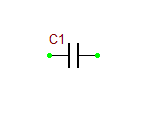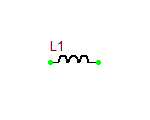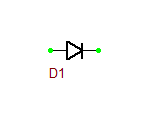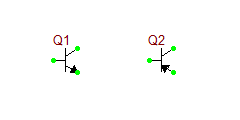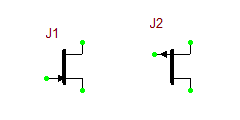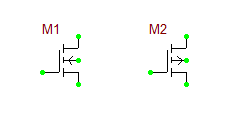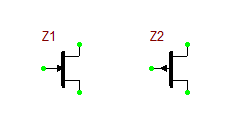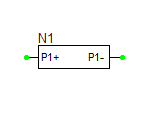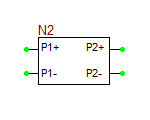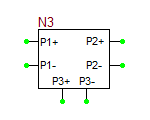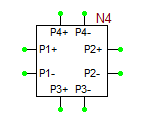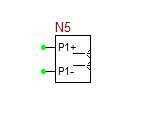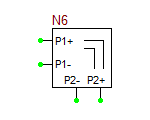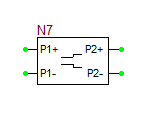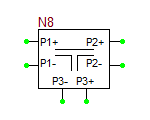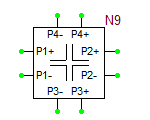Importing RF Device Models
Multiport Network device, i.e. one-ports, two-ports, three-ports and four-ports, are all modeled based on their frequency-domain S-parameters. Most active and passive RF devices can be modeled as multipart networks. For example, RF diodes can be modeled as one-ports, while RF transistors (BJTs, JFETs, MOSFETs, and MESFETs) can be modeled as two-ports. Many semiconductor manufacturers publish S-parameter data sets for their RF devices. The manufacturer data sheets usually contain S-parameters in Mag/Phase format tabulated as a function of frequency expressed in GHz. On the other hand, you can model many passive devices such as filters, directional couplers, hybrids, etc. as multiport structures using full-wave electromagnetic simulators like EM.Cube. The port characteristics of such devices are typically written into data files as a function of frequency. A particular case of interest is transmission line components with complex geometries or material composition, for which RF.Spice does not provide any database models. as an example, consider the case of a "Finline" transmission line. In a finlike-based circuit, you may need one of more of the following general transmission line components:
- Open End
- Bend (right-angled or mitered)
- Step Junction
- Tee Junction (symmetric or asymmetric, possibly with a notch)
- Cross Junction (symmetric or asymmetric)
RF. Spice currently does not provide any models for finline components. However, you can use EM.Cube to analyze various finline structures over a frequency range of interest and generate S-parameter data sets for them.
RF.Spice allows you to import S-parameter-based models of RF devices from text files. Before describing how to import S-parameter data files, let us first discuss the format of the data files in more details. S-parameter data files must have a ".TXT" file extension. These files must start with a ".model" and a ".symbol" statement:
.model <model_name>
.symbol <symbol_name>
Example:
.model MyNewRFBJT
.symbol bjt_npn
The model statement specifies the name of your RF device model. The symbol statement determines its device type and schematic symbol. The symbol_name can only be one of the following list:
The model text file can have any number of comment lines at the beginning of the file. Comment lines are preceded by "*" or "!". All the text after these characters will be ignored.
